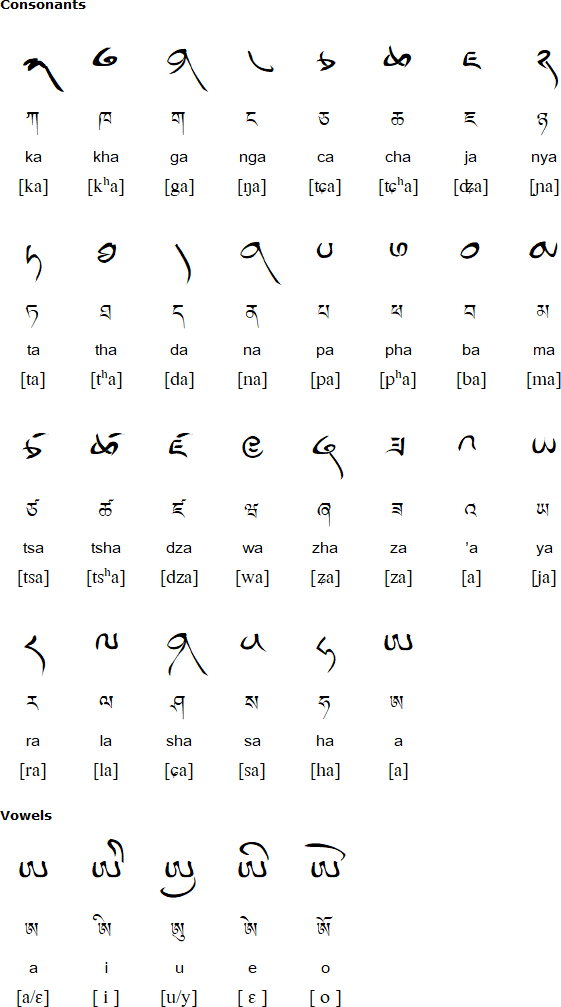The people of the Union Territory of Ladakh (ལ་དྭགས) in northern India speak Ladakhi, a Tibetic language. One hundred thousand Ladakhi speakers live in Ladakh, while another twelve thousand live primarily in Qiangtang in China’s Tibet Autonomous Region.
Ladakhi, also called Bhoti, has several variations, including Ladakhi or Lehskat, spoken in Leh; Shamskat, spoken to the northwest of Leh; Stotskat, spoken in portions of the Indus valley; and Nubra, spoken in the north of Ladakh.
Although they share a close linguistic relationship, Ladakhi and Tibetan do not share mutual intelligibility. Unlike from other Ladakhi dialects, those spoken in Upper Ladakh and Zangskar incorporate several elements from dialects of Central Tibetan, such as tones.
As a result of its close relationship to Classical Tibetan, Ladakhi is typically written using the Tibetan alphabet and spoken in a manner that is very similar to Standard Tibetan, with the majority of silent letters in Standard Tibetan being spoken in Ladakhi. Colloquial Ladakhi and a Ladakhified form of Classical Tibetan are the two written forms of the Ladakhi language. Often, you’d hear the former form. Wylie transliteration, a form of Romanization, is used to write Ladakhi.
Ref: https://omniglot.com/writing/ladakhi.htm


